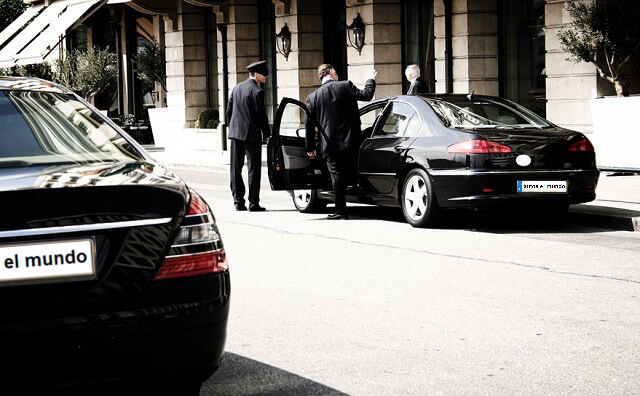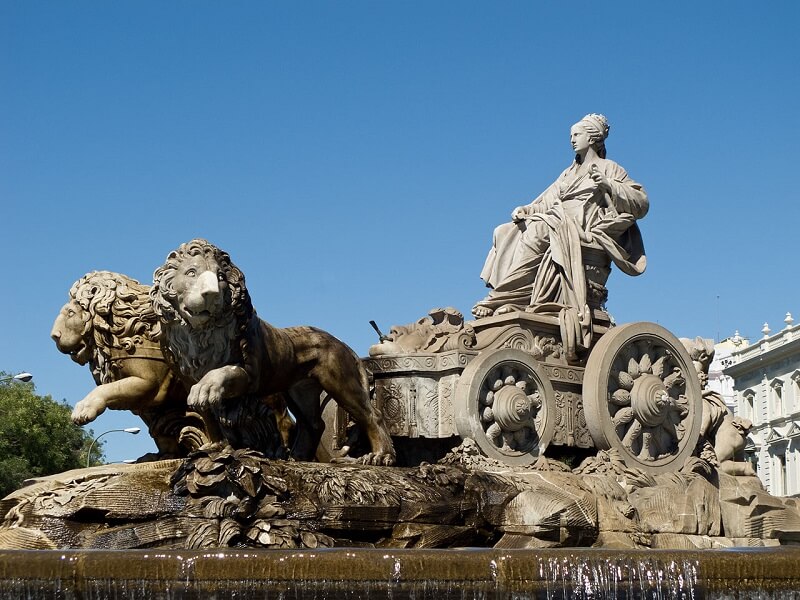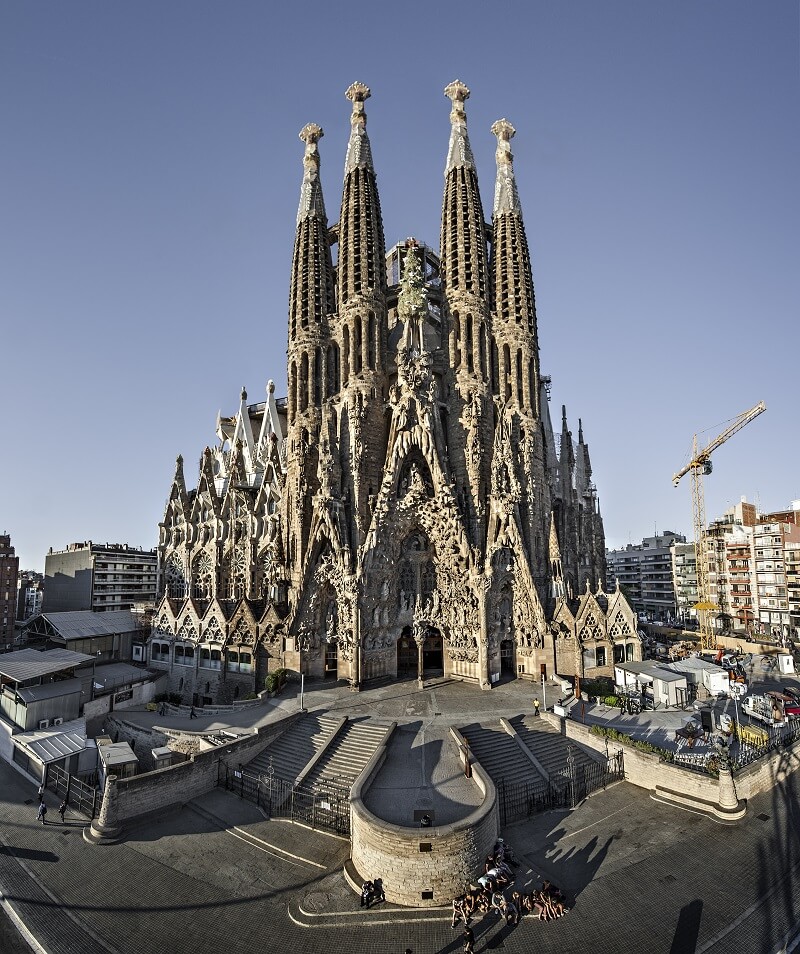Our drivers can give you a view of the city that you have never seen before. On your tour they will tell you about the different buildings, squares and monuments that you will observe. You will also be able to stop at any time to admire the sights in a more leisurely fashion.
Here is a brief description of the two most emblematic cities in Spain:
Madrid:
The capital of Spain and the third most populated city in Europe. In Madrid you can find unique cultural variety, with museums of international influence like the Prado Museum, which houses paintings by Goya, Velázquez, El Greco and Tiziano.
Another frequently visited museum in Madrid is the Reina Sofía, which is characteristic for its contemporary art from the 20th century. Here you can find paintings by Picasso, Joan Miró and Salvador Dalí. The museum is also famous for its temporary collections.
The Thyssen Museum is the last vertex of the city’s art triangle. Largely characterized by its art gallery, the Thyssen houses works of art from all eras (from the Middle Ages to modern art), which combines nicely with the collections at the Prado and the Reina Sofía.


The passage of all peoples and times can be seen in Madrid´s old quarter – where burials from the Visigoth time were recently found. The following monuments and buildings must be seen during your visit to the city: the Royal Palace, Royal Theatre, Almudena Cathedral, Plaza Mayor, Puerta Del Sol, the City Hall, Gran Vía, Debod Temple and Puerta de Alcalá.
For a casual stroll you have El Retire Park, known as Madrid’s lung space, located in the Salamanca neighbourhood, Sabatini Gardens, located off the north face of the Royal Palace and the Paso del Prado and Recoletos where you can admire the different buildings and monuments in the area.
A visit to the Santiago Bernabéu stadium has become a popular destination thanks to the international reputation it has acquired over the years. The Real Madrid football ground is located in Paseo de la Castellana and is catalogued with the highest distinction by UEFA.
Madrid’s gastronomy is mainly characterized by the bars and taverns, where you can sample the Callos a la Madrileña (tripe), bocadillos de calamares (squid baguettes), tortilla de patata (potato omelette), oreja (pig’s ear) and Gallinejas (chitterlings) along with wines from the region. Typical dishes are the Cocido Madrileño (a chickpea based stew), sopa de ajo (garlic soup), Besugo a la Madrileña (sea bream), Judías a lo Tío Lucas (bean dish), Ensalada San Isidro (salad). Events such as Madrid Fusión have enhanced the capital’s reputation for fine cuisine, which can be tasted at the many popular gastro bars such as the Mercado de San Miguel and the Casino de Madrid.
Barcelona:
The origins of the city, bounded by the rivers Llobregat and Besos, date back to the Neolithic period perhaps because of its positioning on the shores of the Mediterranean.
The city’s political centre, Plaza de San Jaume, is located in the old quarter, where you can see the Cardo Maximus and Decumanus of the ancient Roman Forum. The walls of the El Born and El Raval districts can also be seen on the edge of the old town.
Roman remains can be observed in the various museums, temples and shrines scattered around Barcelona. Several buildings from the medieval period are preserved in the Gothic Quarter, such as the Cathedral of Santa Cruz and Santa Eulalia and the Basilicas of Santa María del Mar and Santa María del Pino.
Perhaps the most representative aspect of the city is the legacy left by the architect Antoni Gaudí. Various constructions made by the architect can be found throughout the city, such as the unfinished Sagrada Familia, Park Güell, Casa Milá and Casa Batlló.
In addition to Park Güell, the parks where you can stroll through the city of Barcelona are Montjuic, La Ciudadela and Nou Barris.
The most important museums in Barcelona are the Picasso Museum, the Fundación Miró and Museu Nacional d’Art de Catalunya (National Art Museum of Catalonia), but certainly the most visited is the Barcelona football club one inside the Camp Nou stadium.
In terms of Barcelona’s gastronomy, the tapas are always served on pan tumaca (toasted bread with olive oil, tomato purée and ham), you can also enjoy Fabes a la Catalana (broad bean dish), Paella Parellada (rice dish), Escalibada (grilled vegetable dish),Aioli(sauce as an accompaniment), and for dessert Crema Catalana or Coca Montserrat.

